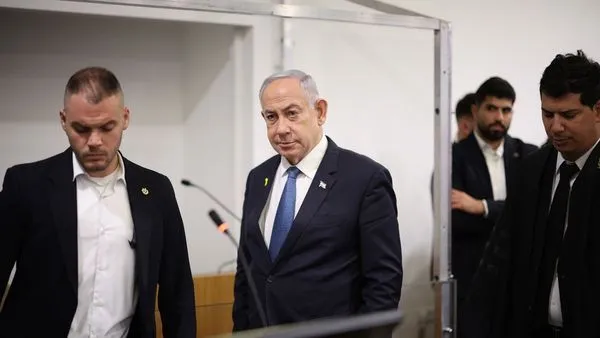A major stride towards peace, the Israeli cabinet has approved a settlement extending to a ceasefire and prisoner swap between Israel and Hamas. The decision was implemented Saturday morning before U.S. president-elect Donald Trump inauguration, as a step toward downplaying the hostilities which gripped Gaza.
The ceasefire, embraced in a cabinet majority vote of 24-8, will commence The sides agreed to stop the “Gaza operations” on Sunday and vowed to bring an end to the attacks. The agreement outlines a cessation of violence, the release of Israeli captives, and the return of Palestinian detainees. This is a pivotal step towards the solution of the current conflict and on the humanitarian issues.
Key Details of the Agreement
The first phase of the ceasefire will see the release of 33 Israeli hostages held by Hamas. Families of the captives have been informed of the procedure by Israel’s hostages and missing persons coordination unit. Despite yet unclear news on the health and life and death of some hostages, 1 week into the ceasefire, news on their condition be expected to be released, and details of the hostages’ names are to be announced 24 hours before each release.
The 2 binary articles delineate two aspects of the agreement, where the release of Palestinian prisoners is described as one aspect of the exchange. Negotiations will continue to secure the release of 65 additional Israeli hostages still under Hamas’ control, along with addressing the status of 36 confirmed deceased. This next stage will be devoted to conflict resolution on a larger scale and the rebuilding of Gaza.
Challenges and Concerns
Although the agreement is an encouraging development, there are still many hurdles to overcome. Right-wing coalition members of the Prime Minister Binyamin Netanyahu have reservations on the agreement, because they fear that the agreement probably cannot guarantee the freeing of all the hostages. Families of those still in captivity are concerned about their loved ones being left behind if further negotiations falter.
Critics have also commented on the humanitarian costs of the war. Gaza’s health ministry has reported over 45,000 fatalities due to Israeli counter-strikes, with women and children comprising half of the casualties. International criticism has been increasing regarding Israel’s military operations and highlighting the need for a cessation of hostilities in order to avoid loss of lives.
Background of the Conflict
The treaty follows 15 months of hostilities, which started on October 7, 2023, with the devastating Hamas assault. The assault resulted in the deaths of over 1,200 Israeli civilians and the capture of more than 250 individuals. Israel counteracted with a massive military offensive directed against Hamas elements in the Gaza Strip, resulting in many civilian deaths and a humanitarian disaster.
Negotiations on a ceasefire were brokered in Doha, with the United States and Qatar occupying central mediating roles. The current agreement is considered a landmark in efforts to confront the roots and causes of the conflict and build a sustainable peace structure.
Looking Ahead
When the truce begins to take effect, the focus will turn to the implementation and the next steps in the negotiation. The success of this agreement will depend on the commitment of both parties to uphold the terms and work towards a sustainable resolution. Furthermore, reconstruction of Gaza and the humanitarian crisis there will need international assistance and partnership.
The timing of this breakthrough, coinciding with the inauguration of Donald Trump, highlights the complex interplay of regional and international dynamics in shaping the path towards peace in the Middle East. Whether it is the start of a new era or just a short break in the fighting, only time will tell, but the understanding offers a ray of hope in a land where violence has been a constant feature.
“Stay updated with the latest news and insights – follow us at YPBB News on X for real-time updates and exclusive stories!”
